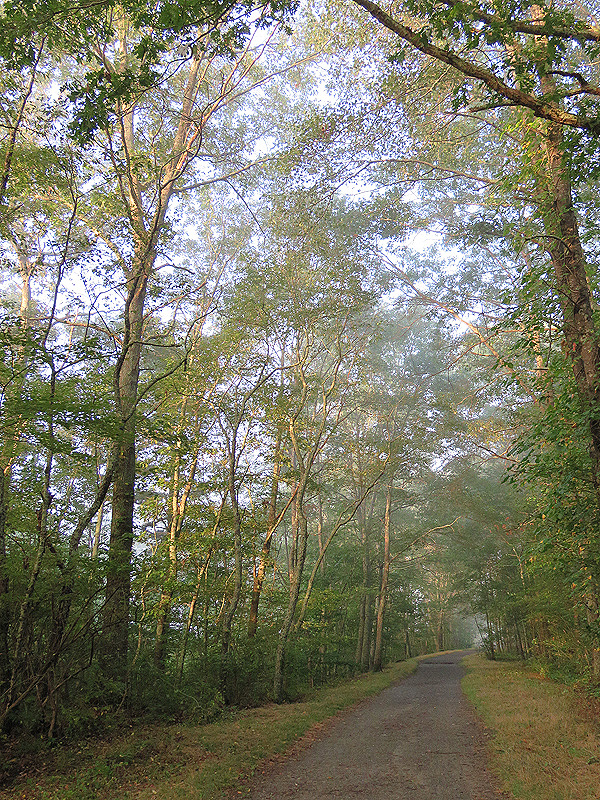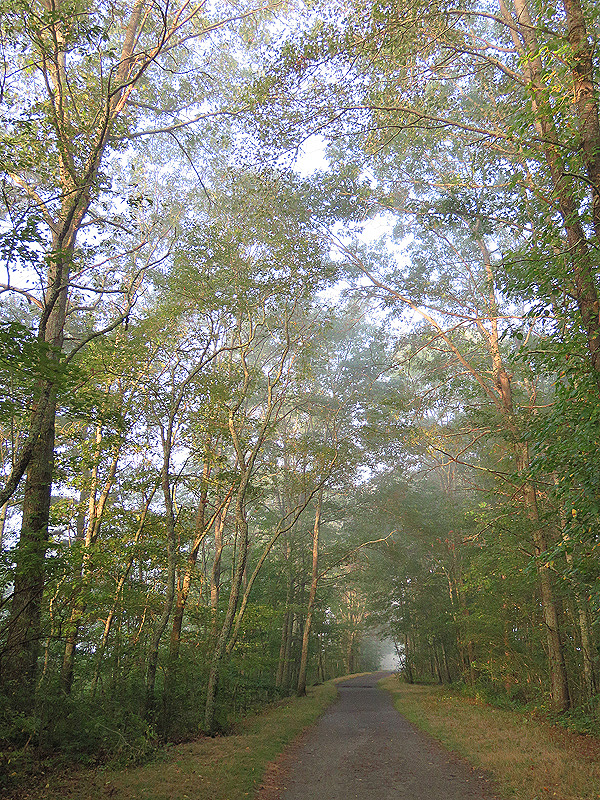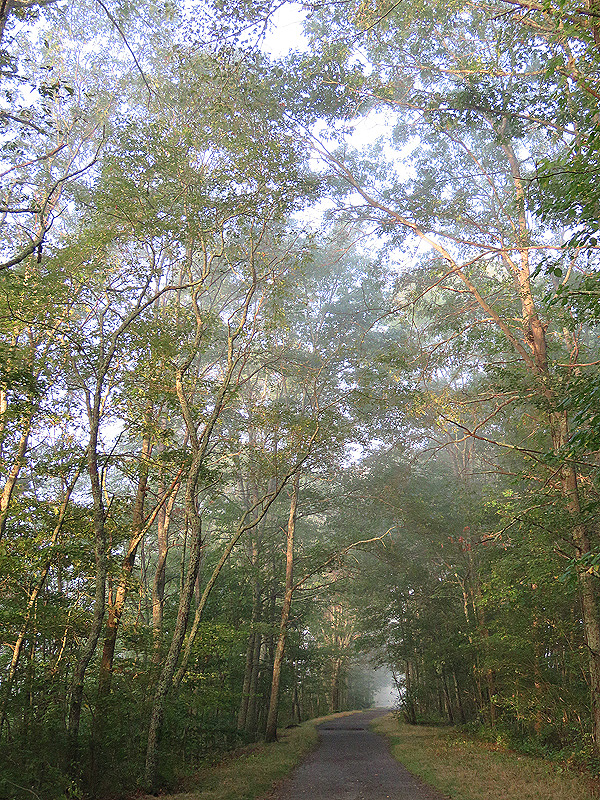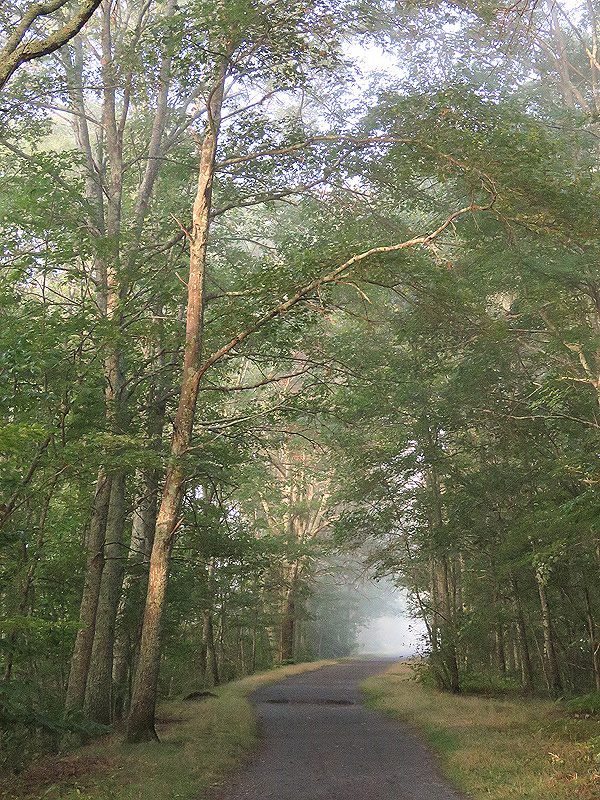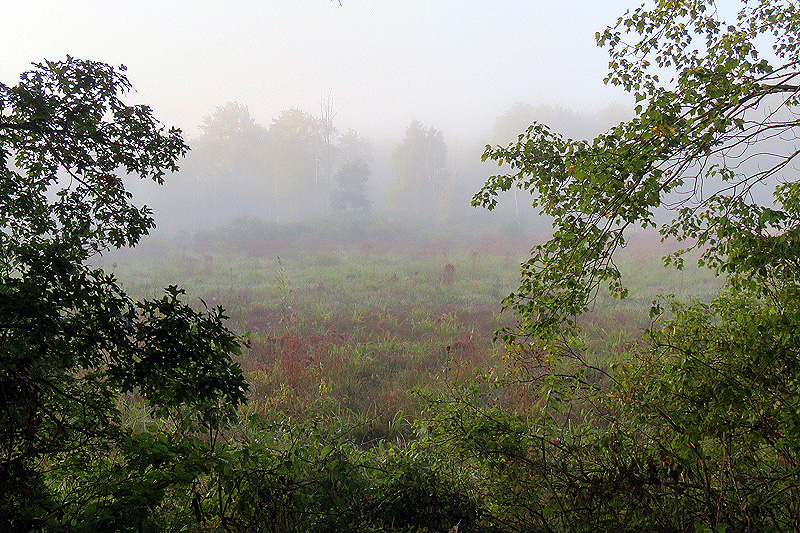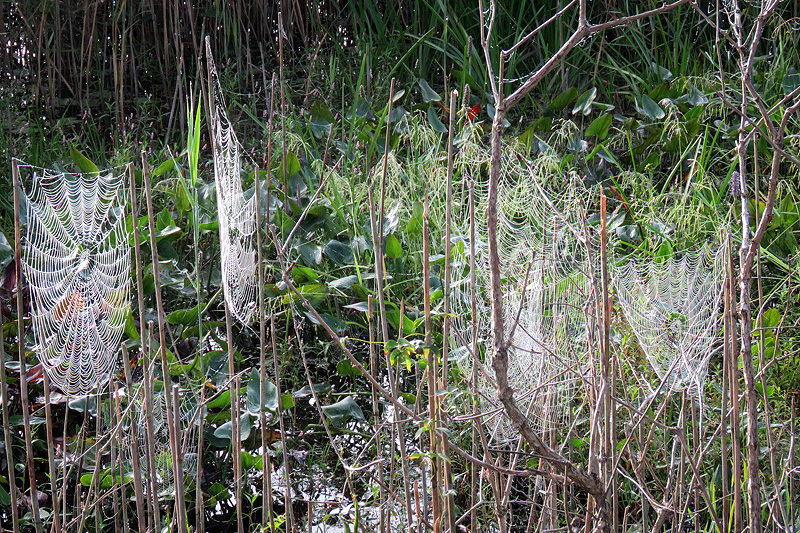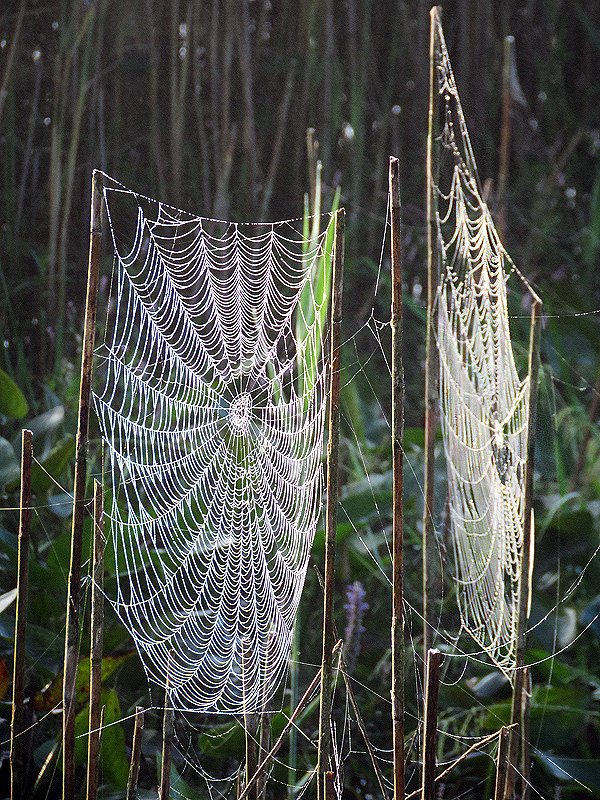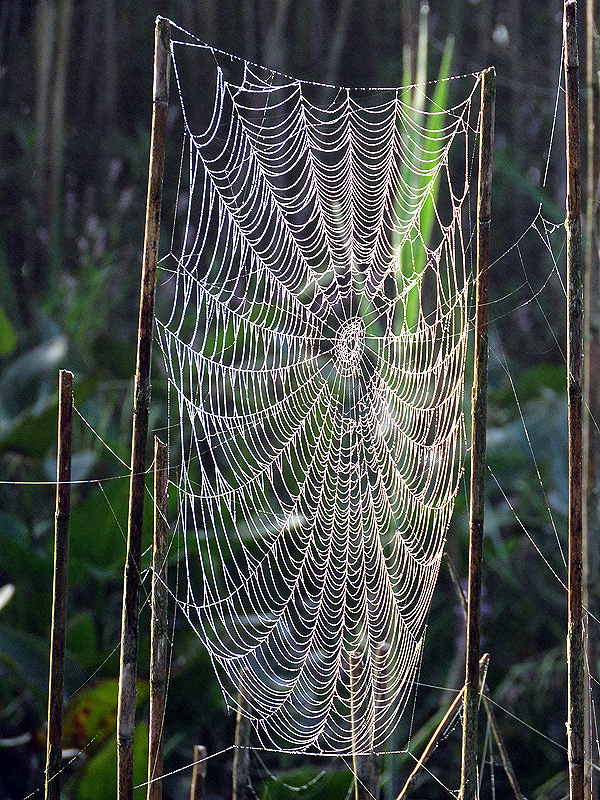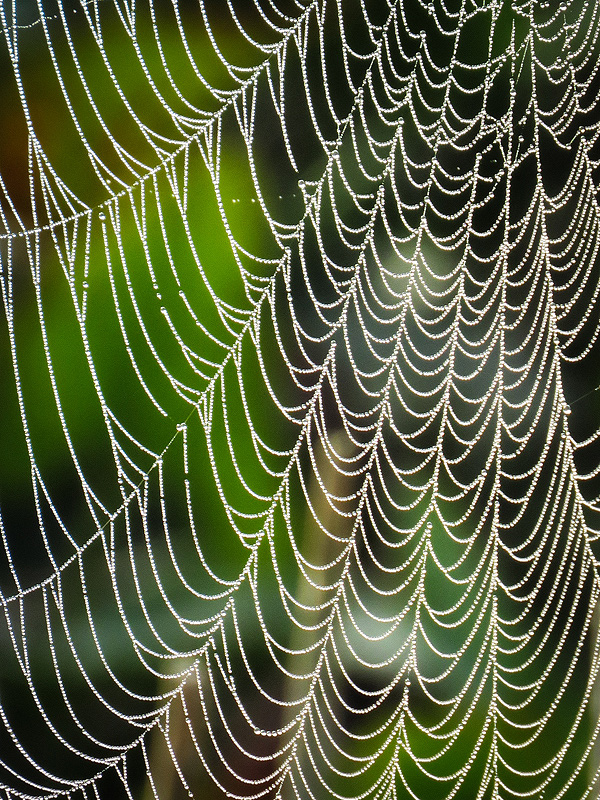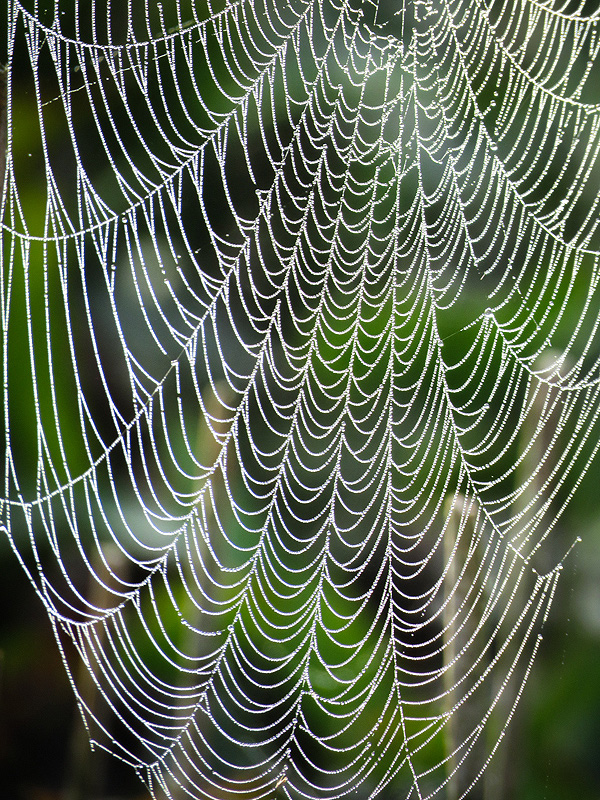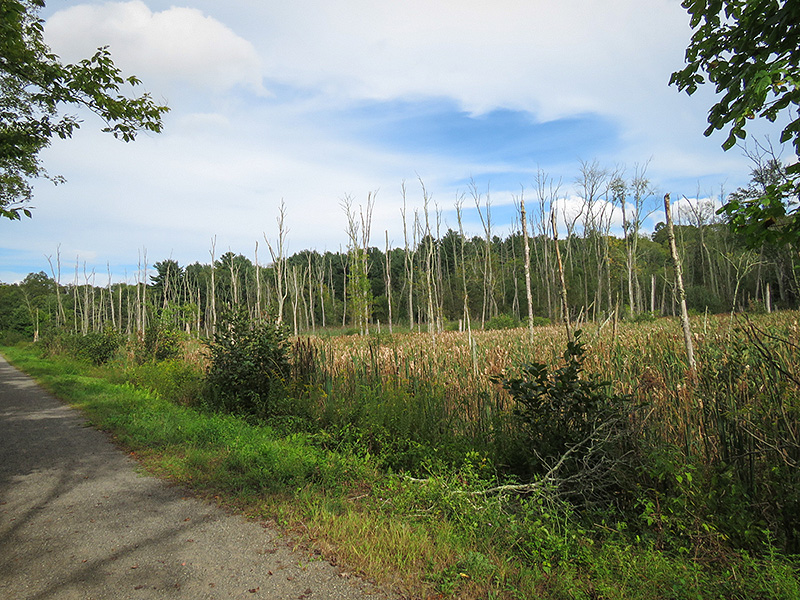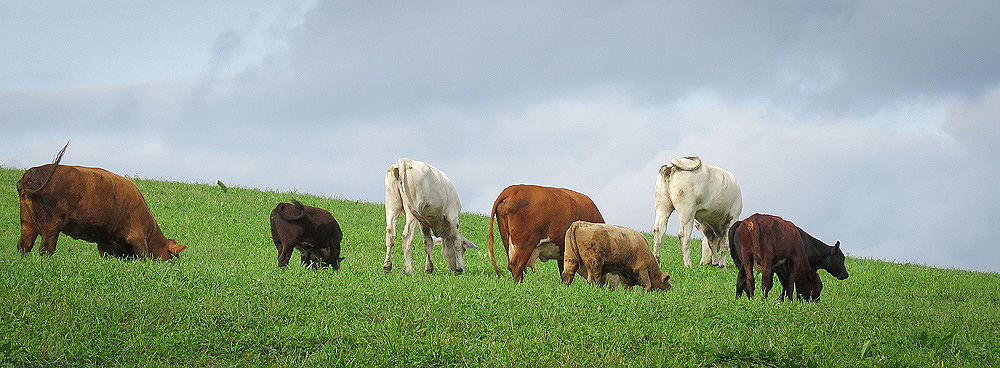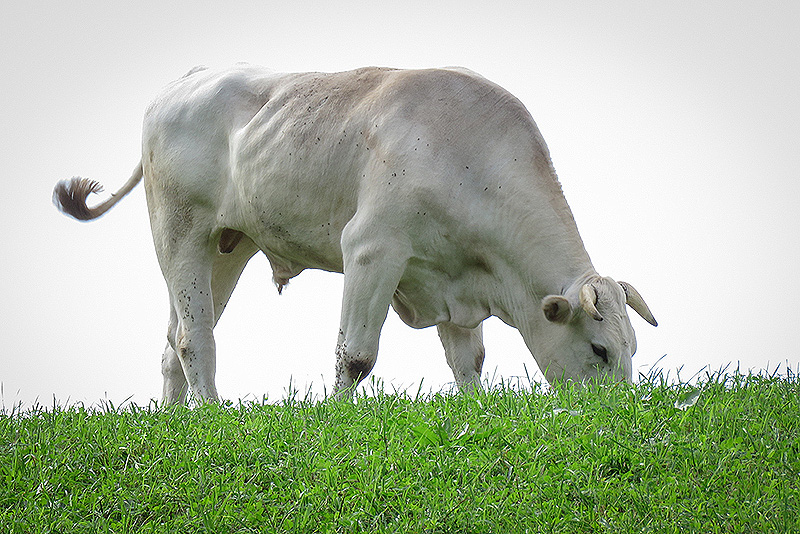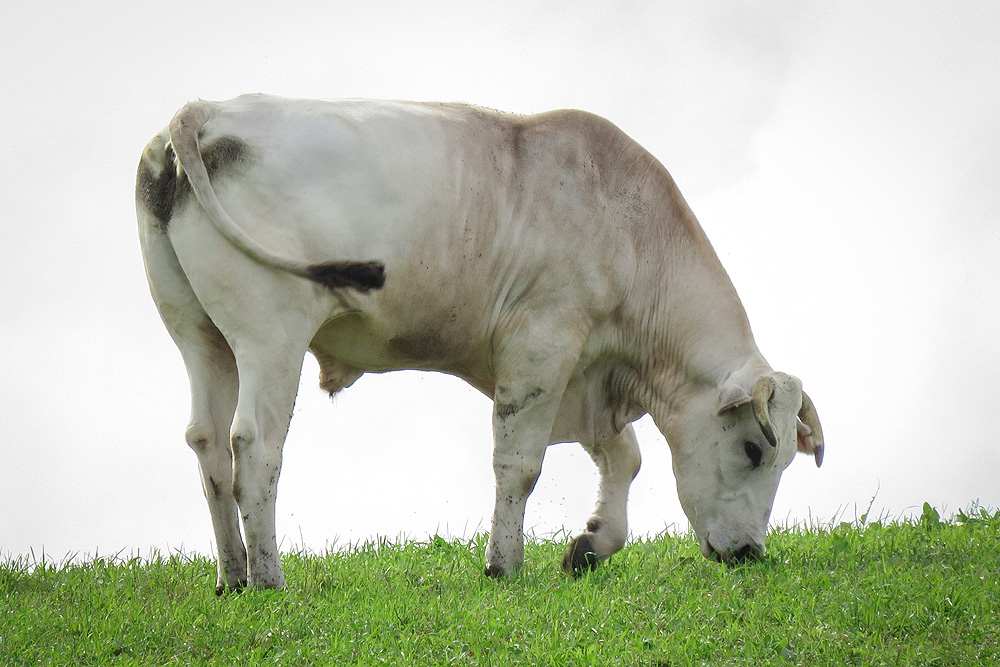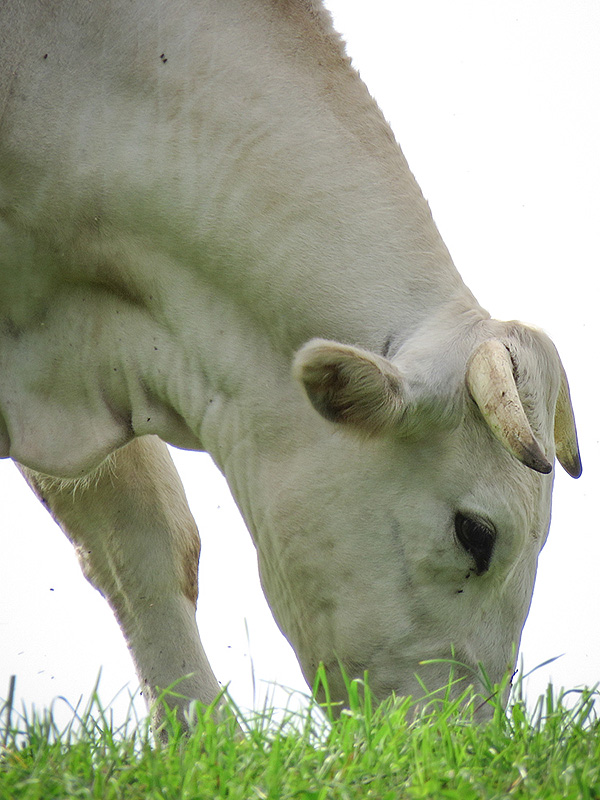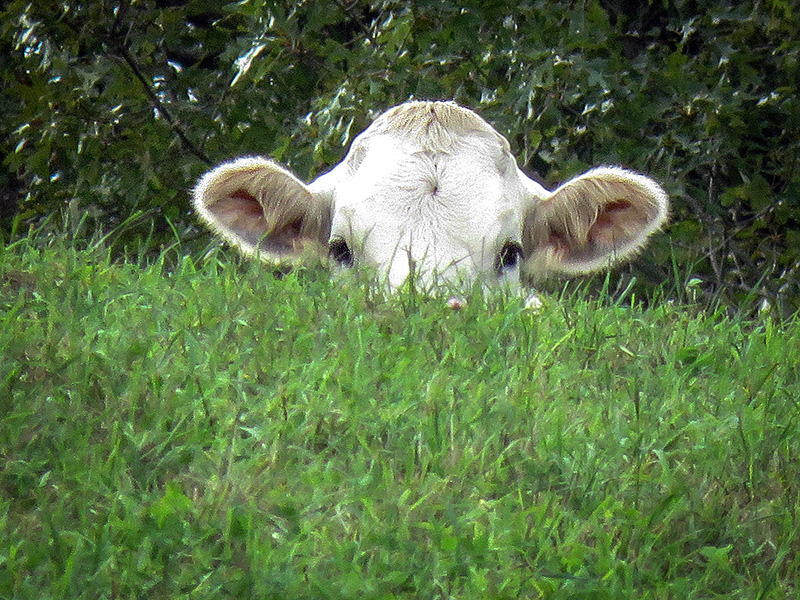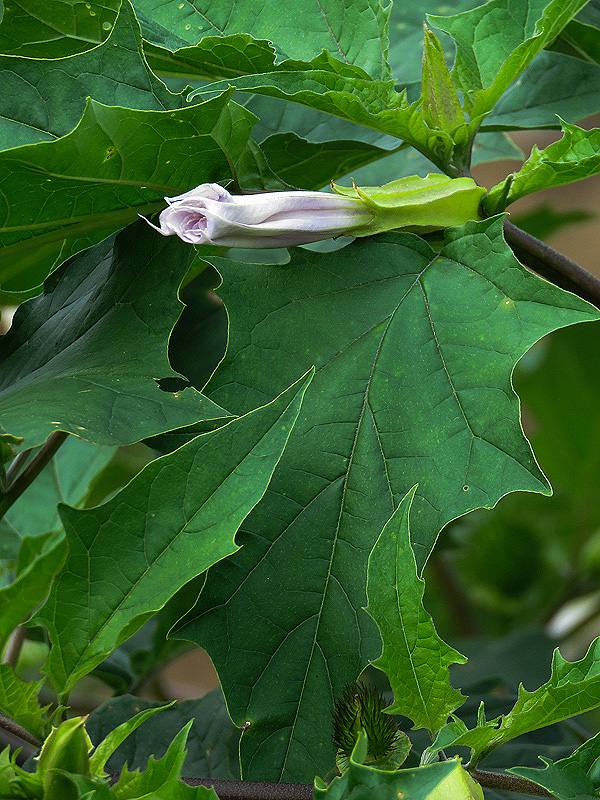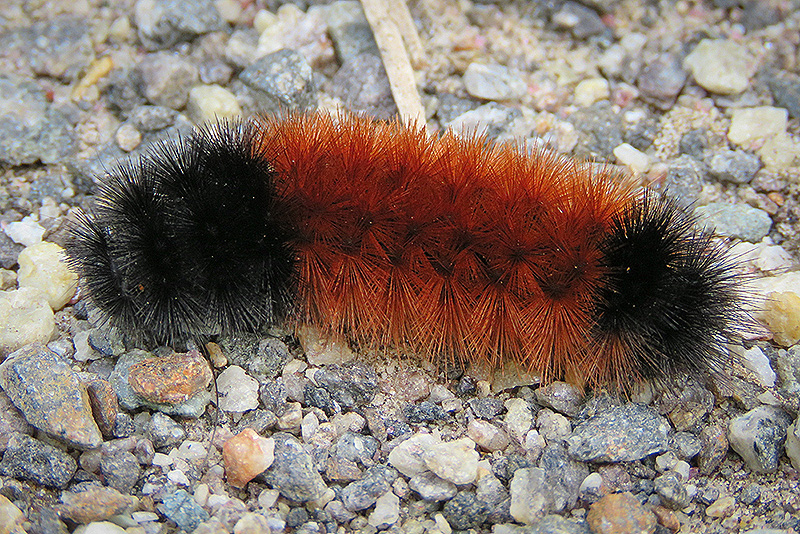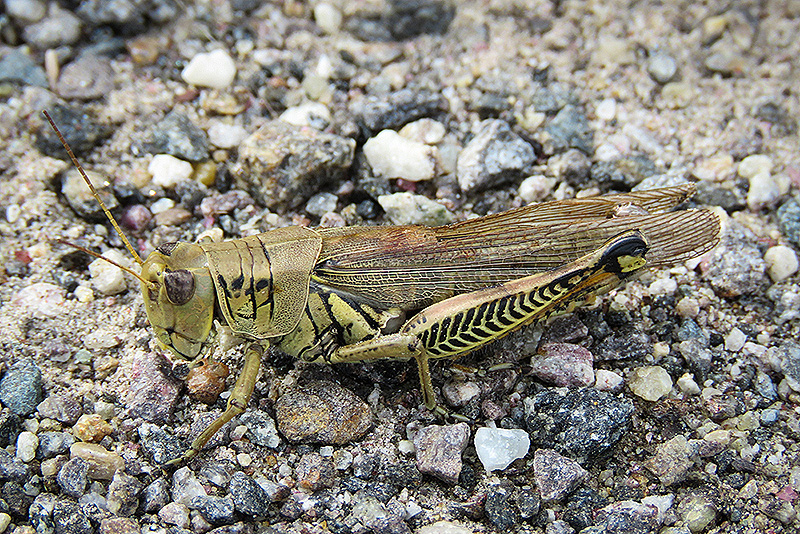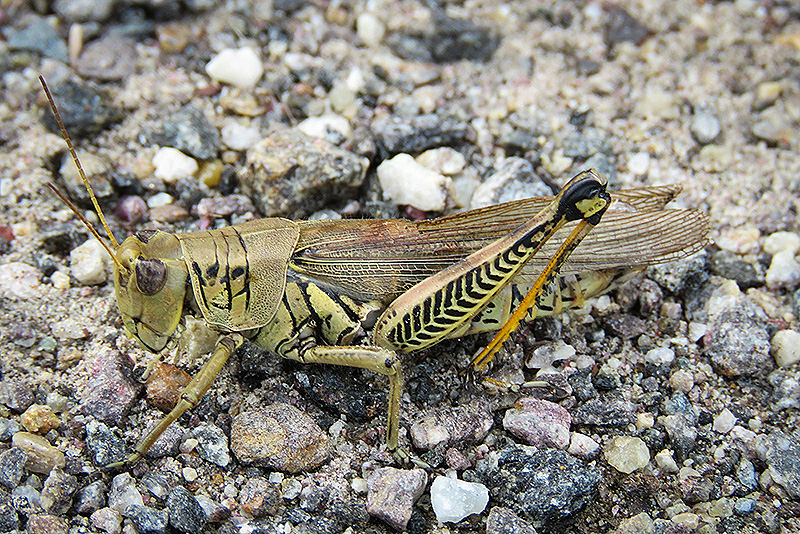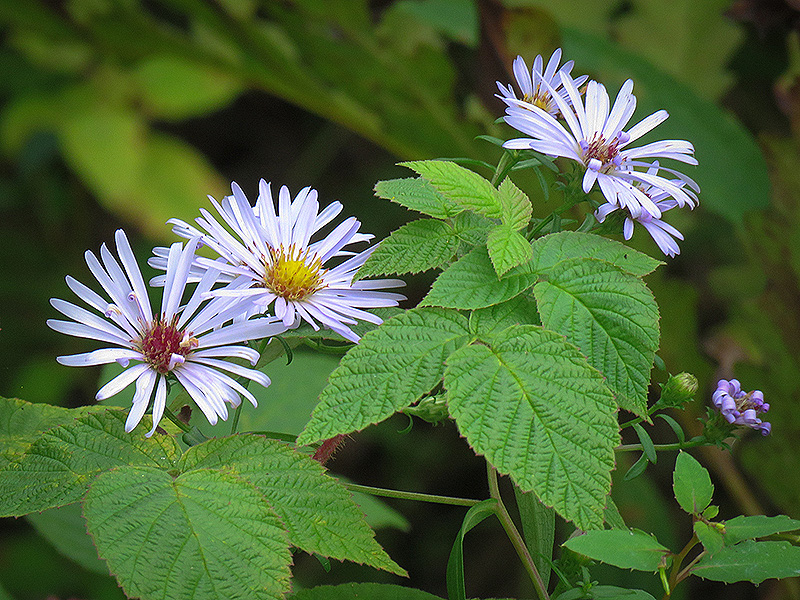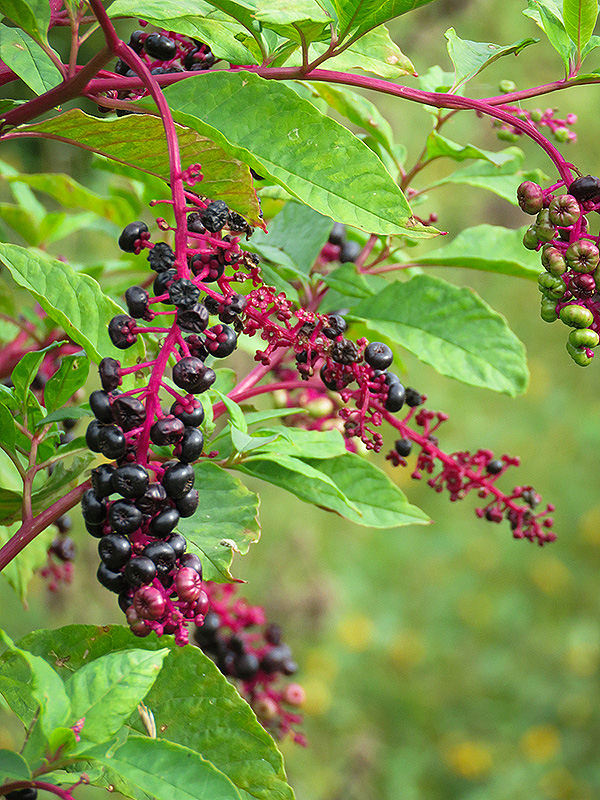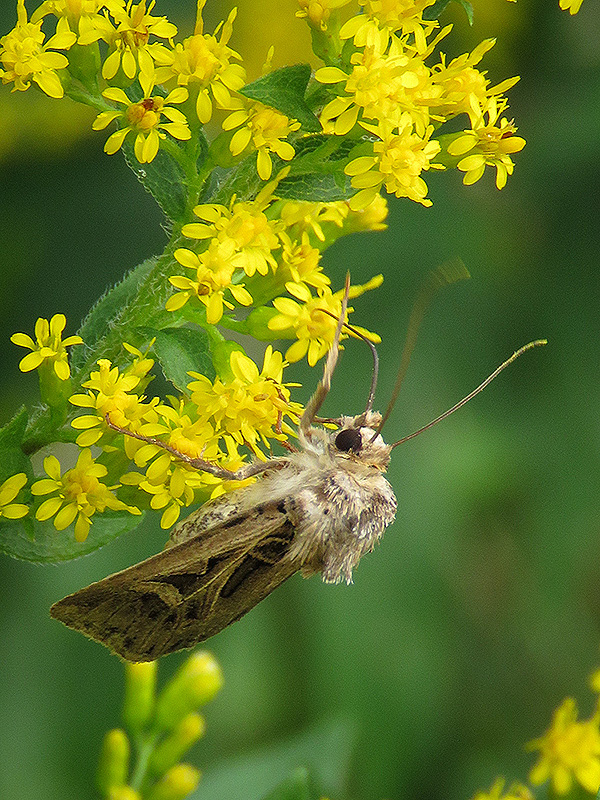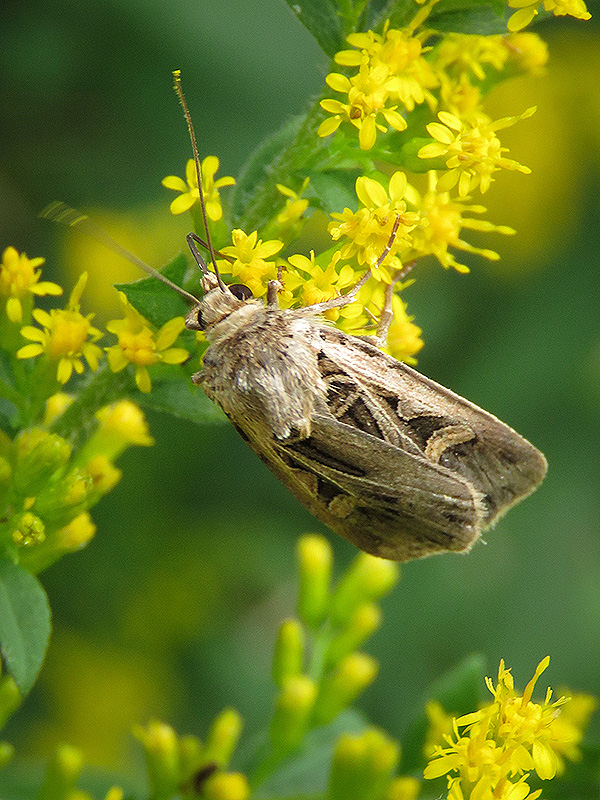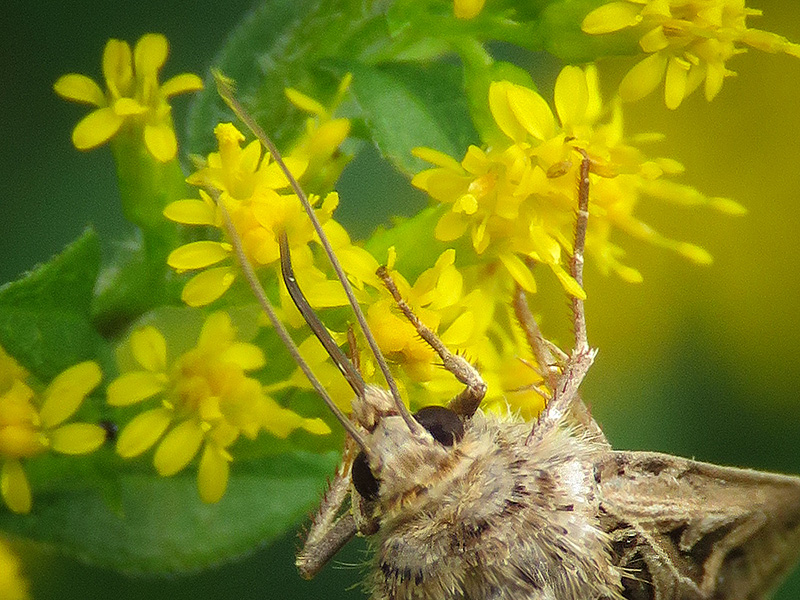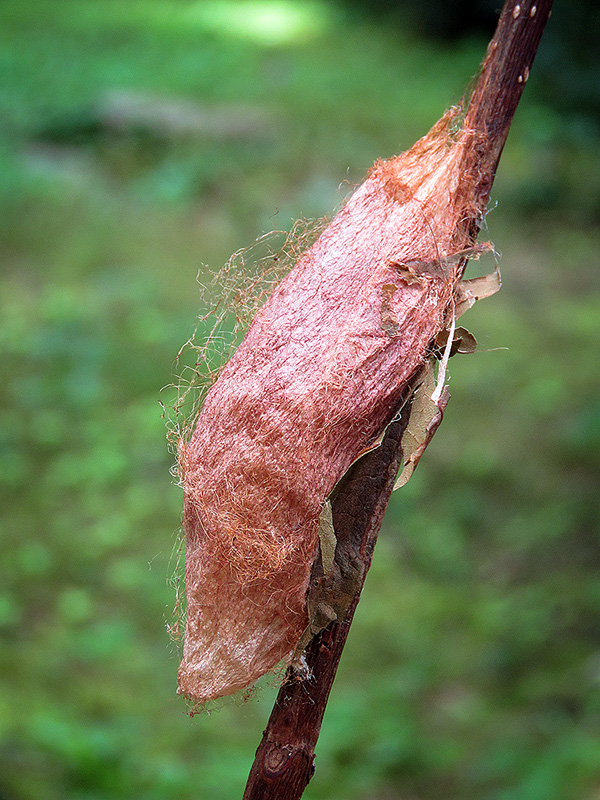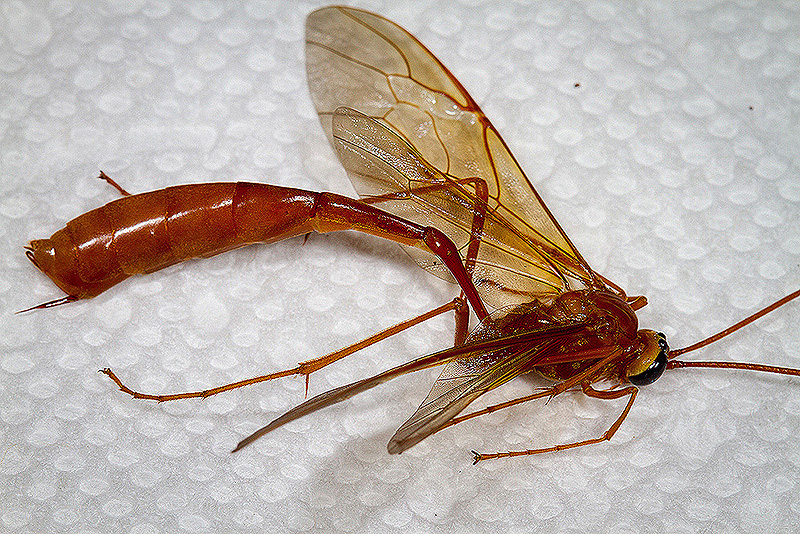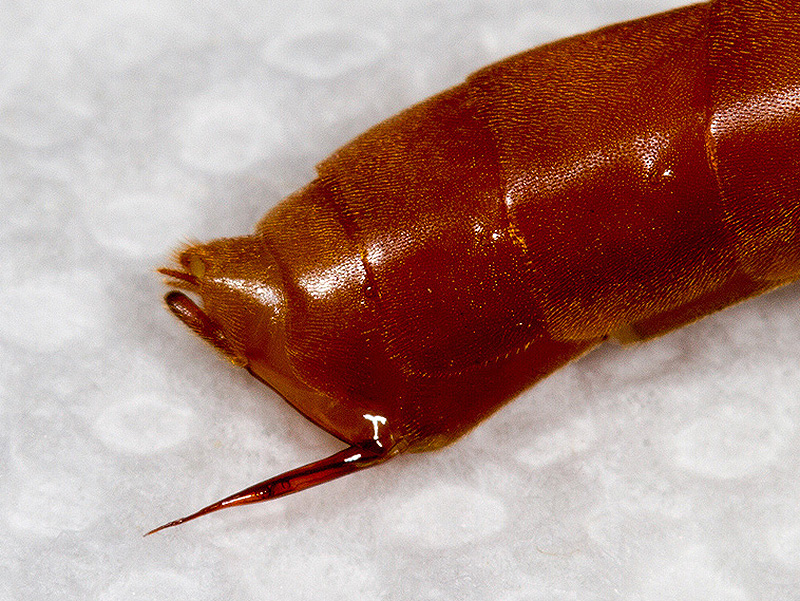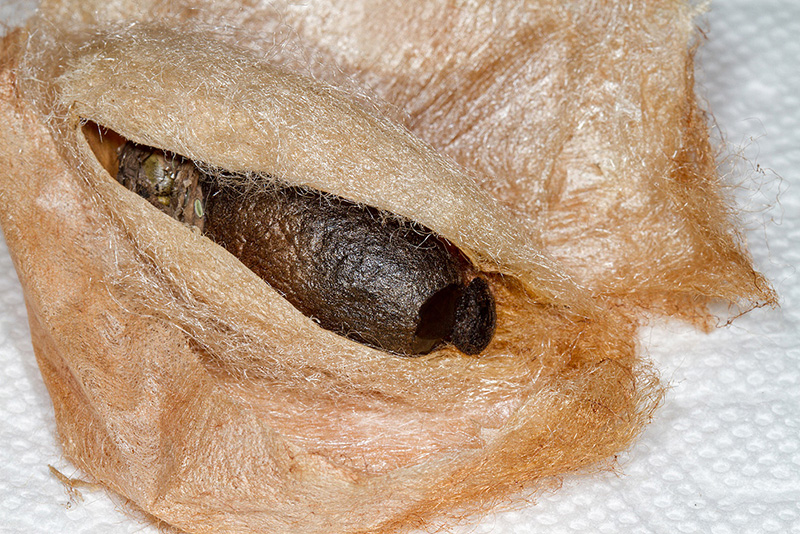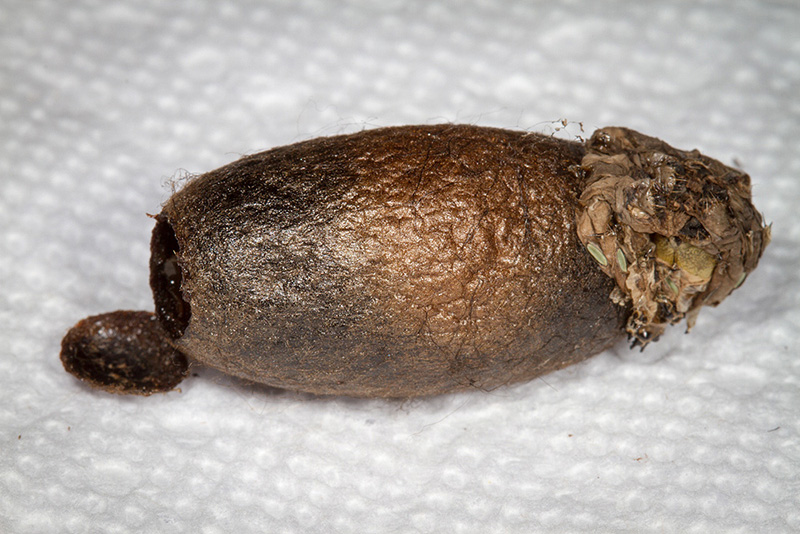Along the Air Line... 2018 - Summer, Part 15 The Air Line Trail in Eastern Connecticut - Stan Malcolm Photos |
HOME: Air Line... 2018 Pages Menu Stan's FlickR Albums |
September 16th. Foggy morning. |
|
|
|
|
Dew on spider webs. |
Suspended among old cattail stems. |
|
|
|
September 17th. A short walk east of Cook Hill Road in Lebanon. |
Cattle at the old dairy farm. |
|
|
|
|
Jimsonweed (Datura stramonium) beginning to bloom. Poisonous. |
Woolly Bear (Pyrrharctia isabella). On the move this time of year. They overwinter as caterpillars. |
Differential Grasshopper (Melanoplus differentialis). |
|
Asters blooming. I'm not sure which species. (Those are not the asters' leaves.) |
Pokeweed (Phytolacca americana). |
Appears to be a Dingy Cutworm moth (Feltia jaculifera). Note the pollen on the very active antennae, and the proboscis deep in a Goildenrod (Solidago sp.) flower. |
|
|
September 19th. Remember the five Cecropia Moth (Hyalophora cecropia) caterpillars I found on July 20th? If not, see: https://performance-vision.com/airline2018/airline-summer-18f.htm A week or two later they made their cocoons where they were expected to remain as pupae until spring. |
Today, two large parasitic Ichneumon wasps (Family Ichneumonidae, Subfamily Ophioninae) emerged, one each, from two of the Cecropia cocoons. Sadly, I expect the other three cocoons will also host these wasps. |
At BugGuide.net, I read "Females have a very compressed abdomen and a short, very sharp ovipositor. The ovipositor can penetrate the human skin; most other ichneumons can't 'sting'." I learned this lesson a few hours before reading that quote, after grasping one of the wasps between thumb and forefinger. Not a lesson I'll soon forget, though the pain did not persist very long. |
Cecropia cocoons have outer and inner layers of pale silk (here seen slit open). Instead of a moth pupa within, I found the Ichneumon wasp's own dark cocoon - a third layer. You can see the round cap the adult wasp cut from the cocoon to make its exit. |
Here's the wasp cocoon with its lid at the left and the shriveled caterpillar skin at the right. |
